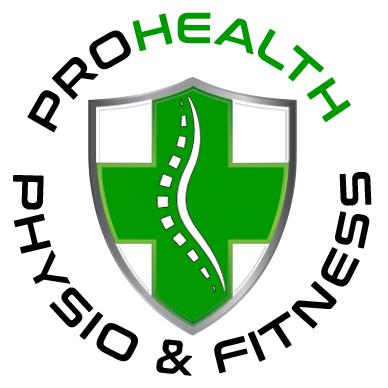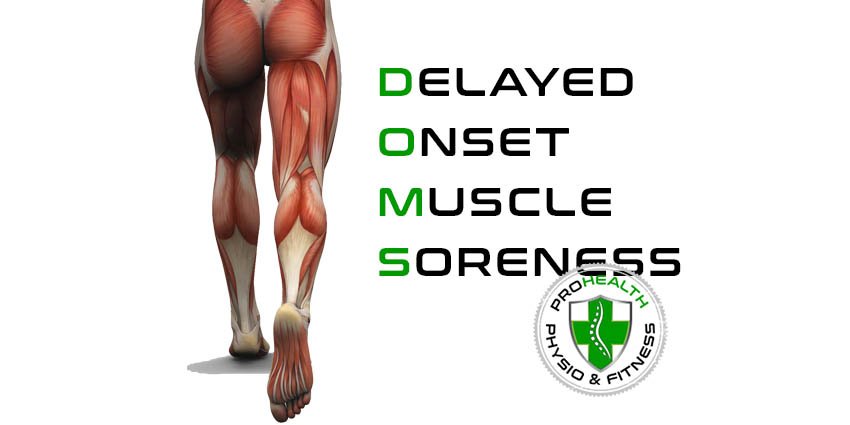Delayed Onset Muscle Soreness (DOMS) is a common experience for individuals who engage in physical activity, particularly when starting a new exercise regimen, increasing the intensity of workouts, or trying new types of exercises. It is characterized by muscle pain and stiffness that typically begin 12-24 hours after exercise and peak around 24-72 hours post-exercise. Would you like to learn how to prevent hamstring Delayed Onset Muscle Soreness (DOMS) pain & discomfort after exercising?
Muscle Soreness After Exercise – Delayed Onset Muscle Soreness (DOMS) aka Muscle Fever is the pain and discomfort you feel 24-72 hours after exercising. DOMS is more noticeable and often worse after participating in a new exercise that the body is not used to or when taking part in excessive amounts of exercise.
What causes DOMS?
Delayed Onset Muscle Soreness is caused by tiny muscle tears during eccentric movements, like lowering a dumbbell in a bicep curl. It worsens with metabolic stress, when muscles produce waste due to working harder than usual. Contrary to popular belief, DOMS isn’t just muscle toning, and more pain doesn’t mean better results. Pain signals your body to rest. Also, DOMS and lactic acid buildup are separate processes with different causes.
What are the Symptoms?
The symptoms of DOMS are:
- Dull muscle ache 24-72 hours after exercise which becomes prominent when reusing the muscles e.g. walking downstairs after having sore quadriceps
- Swelling
- Short-term muscle loss
- Reduced range of motion
What should I do if I experience DOMS?
When you experience DOMS you should not perform any excessive exercise and you should rest, if you are experiencing back soreness a heat pack will help manage the pain and for any other injury you should ice the tender area. It is also important that you continue to participate in a light exercise regime whilst experiencing DOMS because it helps to reduce the severity and provides some relief.
How can I prevent DOMS?
To prevent or reduce the severity of DOMS you should;
- Warm up and stretch before any kind of exercise (e.g. walking for 5-10 minutes before participating in exercise)
- You should also warm up on a foam roller especially if you are undergoing a weight session
- Cool down after exercising
A physiotherapist diagnoses DOMS and does not need an ultrasound or MRI to diagnose. It is important to see your physio to undergo treatment:
- if the pain doesn’t stop after 72 hours or
- the pain occurs throughout the exercise or
- if the pain is around the joints and not the muscle
Experiencing DOMS?
Contact our friendly team to get help.

